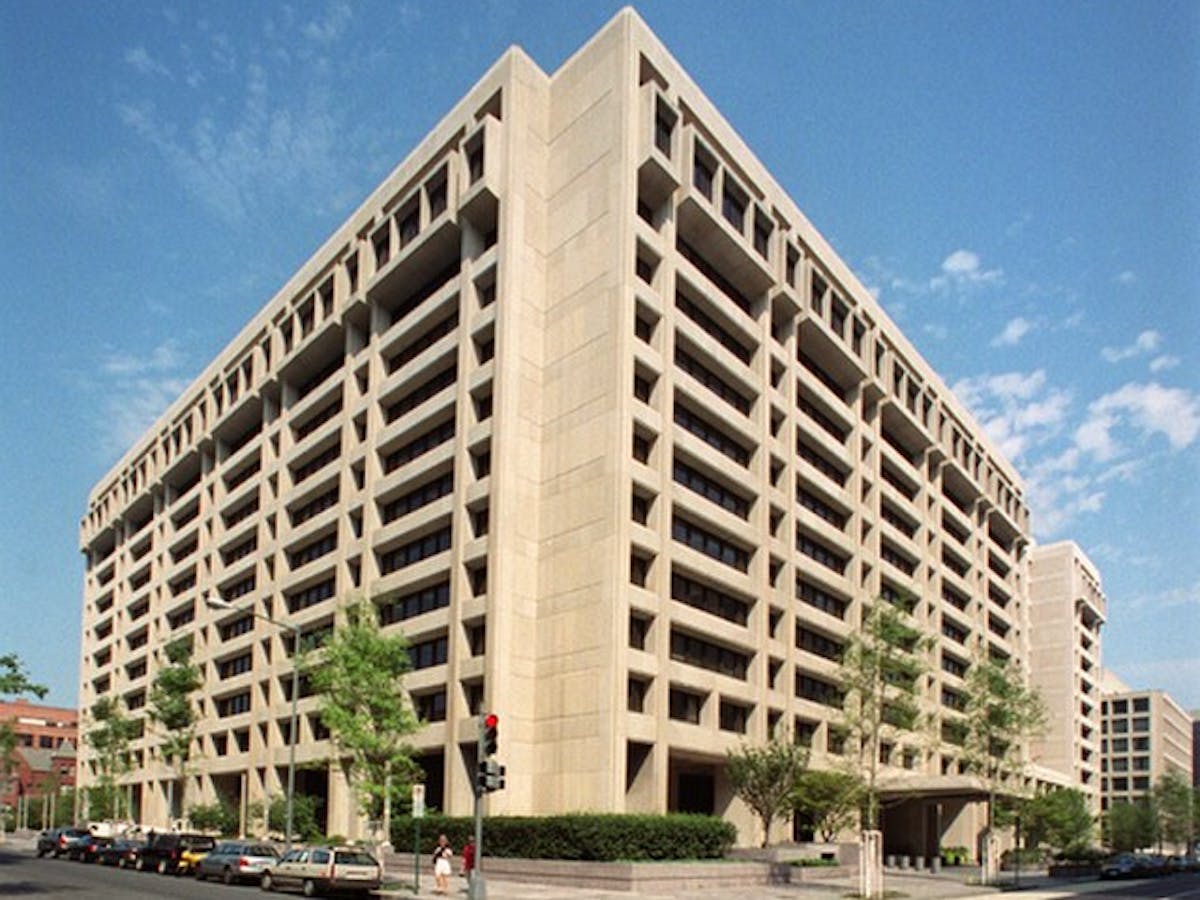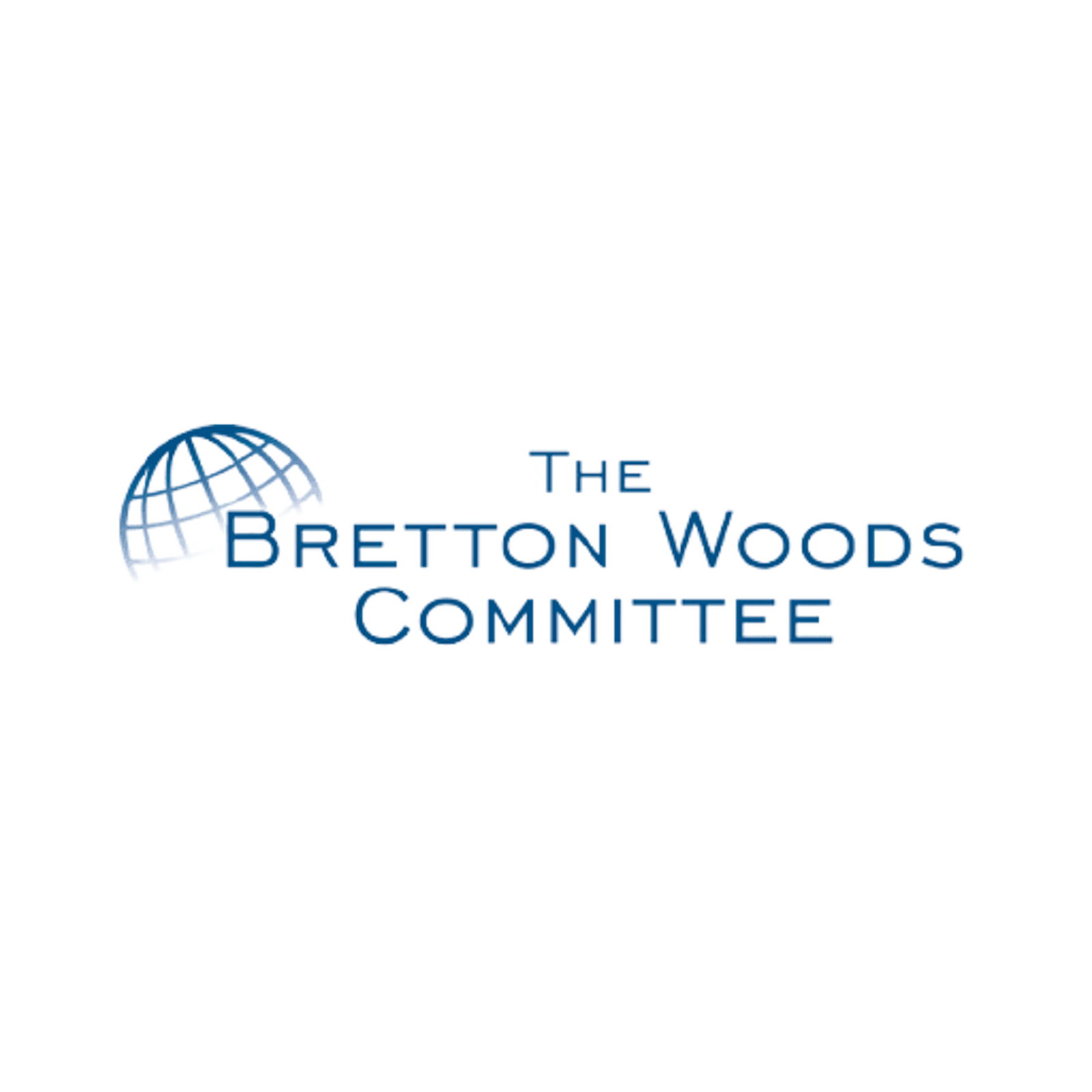Bretton Woods Committee | Tue, May 28, 2024
by Mark Sobel
The IMF should sell a very modest amount of its gold holdings to generate resources for maintaining subsidized interest rates on its future lending to Low Income Countries (LICs).
The IMF is a prized global institution, having helped nations across the globe for 80 years in promoting economic reform. Its membership includes nearly 70 LICs and over 40 in Sub-Saharan Africa.
The Fund’s primary job is to support macroeconomic stabilization, a necessary but not sufficient condition for growth and poverty alleviation. It does so in LICs through program lending from the IMF’s Poverty Reduction and Growth Trust (PRGT).
LICs face enormous economic challenges which have intensified following the pandemic -- 16% are in debt distress and 39% at high risk of debt distress.1
PRGT lending is highly concessional.2 It is distinct from IMF quota resources. The PRGT is financed by members making voluntary loan contributions. Then, subsidy resources allow those loans to be made at a zero percent interest rate with a maturity of 5-1/2 to 10 years. There are now over 30 PRGT programs; total lending commitments are nearly $35 billion.
But the PRGT’s future finances are not sustainable given high prospective demands and rising interest rates.3 The amount of subsidy resources is increasingly falling short in being able to furnish zero (or even near-zero) interest rate loans in a way that is self-sustainable for the future.
IMF gold sales are a simple, practical way to shore up the PRGT’s finances. Precedent exists to sell IMF gold.4
The IMF now holds 90 million ounces of gold, valued on its books under $50 an ounce, in contrast with gold prices over $2300. IMF gold sales for PRGT subsidies would require US Congressional approval.
In the late 1990s, gold sales were proposed to finance the IMF’s contribution to the enhanced Heavily Indebted Poor Countries debt relief initiative for LICs. The announcement, on top of gold sales at the time by leading European central banks, sharply drove down gold prices. Gold producing countries and US gold producing firms protested loudly. The requisite resources were ultimately generated instead by complex opaque IMF book transactions.
Around 2005, IMF gold sales were suddenly proposed to finance the IMF’s part of the Multilateral Debt Relief Initiative.5 Surprised gold producing countries and firms protested, fearing detrimental gold market consequences. Alternative means of generating IMF MDRI resources were found.
In 2007, amid a quiescent global economy with little IMF lending and looming deficits, gold sales were proposed as part of a “new income model” for generating resources to sustain the global public goods afforded by IMF non-program operations.6 The membership agreed and 12.9 million ounces were later sold. Between the time of the agreement and the sales, gold prices rallied and the IMF received windfall profits beyond the “new income model” needs, which were allocated to PRGT subsidy resources.
Why did this effort prove successful when prior attempts failed? Success was achieved on this occasion largely due to quiet cooperation between US Treasury and the World Gold Council.7
The WGC – the pivotal association of the world’s largest gold producing firms -- recognized the IMF’s systemic importance and that the IMF had valid reasons to wish to mobilize an undervalued asset.
Accordingly, the WGC worked constructively with US Treasury on designing sales that would not upset global gold markets: sales would be limited; not add to official golds sales planned by Europe at the time8; be conducted to the greatest extent possible off-market9; and any on-market sales would be stretched out over time, if needed. The WGC informed US Congressional representatives from gold-producing states of its willingness to go along with such a sales plan.10
Today, the PRGT lacks sufficient subsidy resources to operate on a self-sustained basis that would allow the IMF to meet the prospective needs of LICs on appropriately concessional terms, especially at a time of higher global interest rates and rising demands.
The IMF could presumably transfer some of its future earnings for PRGT subsidization (e.g. future surcharge income exceeding its capital needs), but such income can be unpredictable, the Fund is considering reducing its surcharges, and the IMF will continue to face risks and need to protect its financial strength.
Limited gold sales instead could fill the void. Given current gold prices, sales of even 5-6 million ounces – little more than 5% of IMF gold holdings – could generate more than $10-12 billion in PRGT subsidy resources.11 That is a much smaller sales amount than earlier with a far larger return and would still leave massive IMF gold holdings to protect the Fund’s rock-solid balance sheet. There is currently strong demand for gold from global central banks and investors – especially from China, from all reports -- such that off-market sales could be easily conducted. Any needed remaining market sales, especially if stretched over time, would represent a fraction of global gold demand.
It might take a few years to reach agreement on and execute limited gold sales. Yet it is an idea whose time has come – again!
1See IMF: “Macroeconomic Developments and Prospects for Low-Income Countries – 2024”.
2LICs arguably need grants, but the IMF doesn’t have the capacity to provide grants nor can it extend decades-long support such as IDA.
4For an earlier piece on this topic, https://www.csis.org/analysis/us-call-modest-imf-gold-sales-help-africa
5https://www.ft.com/content/d4bbfe32-7697-11d9-b897-00000e2511c8
6https://www.imf.org/en/News/Articles/2015/09/28/04/53/soint051b
7These gold sales would not have been possible without the extremely helpful and constructive support of George Milling-Stanley, then Managing Director for Government Affairs at the WGC. George is now Chief Gold Strategist at State Street Global Advisors.
8https://www.gold.org/what-we-do/official-institutions/central-bank-gold-agreements/first-central-bank-gold-agreement. Francesco Papadia, then Director General for Market Operations at the ECB, helped invaluably facilitate Europe’s role.
9India, China and Sri Lanka were buyers.
10Legislation incorporating US support was passed in 2009.
11The amount of needed gold sales will require an up-to-date assessment of financing needs. The IMF will be doing so in the near future as part of an upcoming review of the PRGT facilities and financing. The IMF discussed these financing assumptions in a July 2021 staff paper – Fund Concessional Financial Support for Low-Income Countries – Responding to the Pandemic. The data are further discussed in https://www.csis.org/analysis/us-call-modest-imf-gold-sales-help-africa
Mark Sobel is a member of the Bretton Woods Committee Advisory Council, US Chair of OMFIF, and former US Treasury Deputy Assistant Secretary for International Monetary and Financial Policy and US representative in the IMF.

